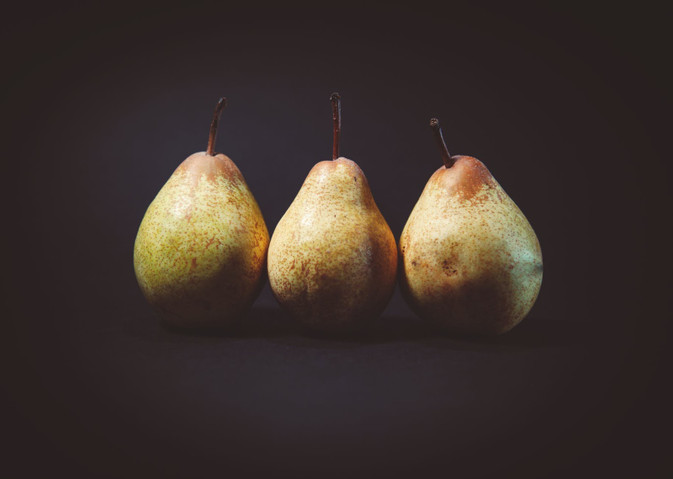Posted by Jeff Pauls on 3rd Sep 2018
Pair | Pear | Pare
Does the name Feng Li ring a bell? Although I wasn’t able to track down the exact source of his history, a couple horticulture scholars, including Peter T. MacDonald in the grafting manuel he wrote, cite that he was a Chinese diplomat back in 5,000 B.C. That is, until he bailed on his duties to devote his time to grafting peaches, almonds, pears, and apples full time as part of a business venture. Adam Leith Gollner, author of The Fruit Hunters, characterizes him as being “consumed by grafting.”
I’m telling you, good food has been around for a long time. And it’s value, not only commercially, but in many other ways as well, is what keeps us eating it. One huge consideration in ancient times, was a product’s potential for transport. Would it hold up? Would it still be fresh when it got there? Make that ‘Yes’ and ‘Yes’ for pears. According to USA Pears, “Thanks to their versatility and long storage life, pears were a valuable and much-desired commodity among the trading routes of the ancient world.”
As with anything that gets wider exposure, it seems to inevitably find its way into our imaginations and everyday life. The Renaissance Masters were quite keen on the pear as a subject for painting. And as a testament to their continued ubiquity in art, the keywords, ‘pear paintings,’ in a quick Google search, generated, “About 11,200,000 results (0.64 seconds).” And when is the last time you haven’t heard The Twelve Days of Christmas, with it’s phrase “a partridge in a…” (a what?) “a pear tree,”---on the radio at Christmas? So, it’s not hard to see, pears have been around for quite some time and they’re here to stay.
The Williams pear, was imported to the United States in 1799. James Carter got them here, and several of the trees were planted on the estate of Thomas Brewer in Roxbury, Massachusetts. Later, after he had purchased the estate and settled in, Enoch Bartlett, not knowing the origin of the pears, named them after himself. We have known it as such even to this day.
Whatever the exact details of pear lore and history, I think we can safely say that the pear has been around for a long time. Given that kind of old world foundation, it’s tug on the heart is not just because of this old world charm. This kind of longevity speaks to its integrity as a true and authentic food, one that can be trusted and deserves being made a serious part of one’s diet. Ergo, Eat Pears!
Pare a Pair of Pears today.
Yummy!
Photo: Clem Onojeghuo

